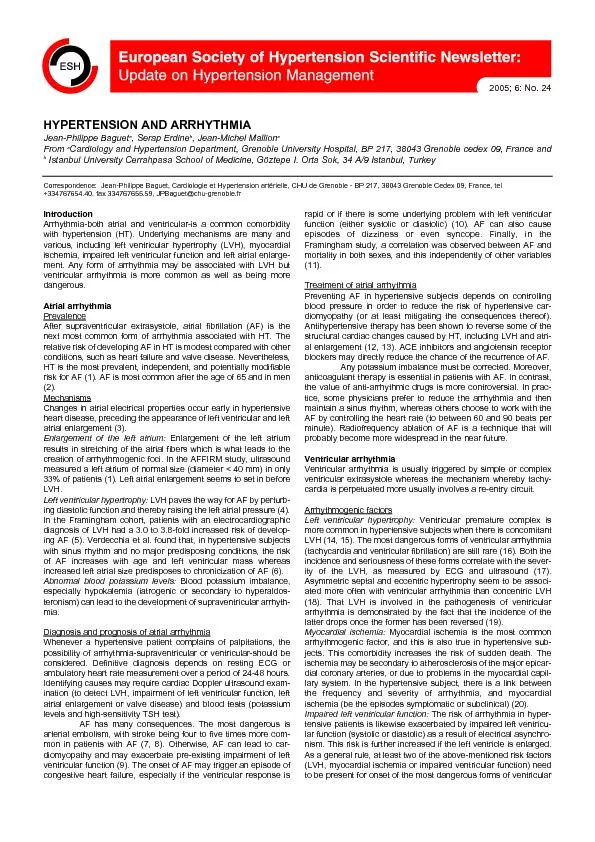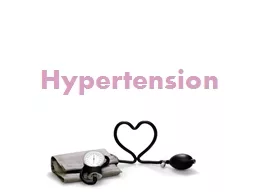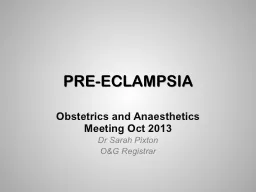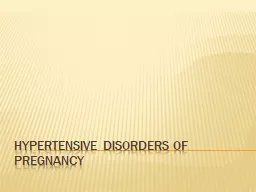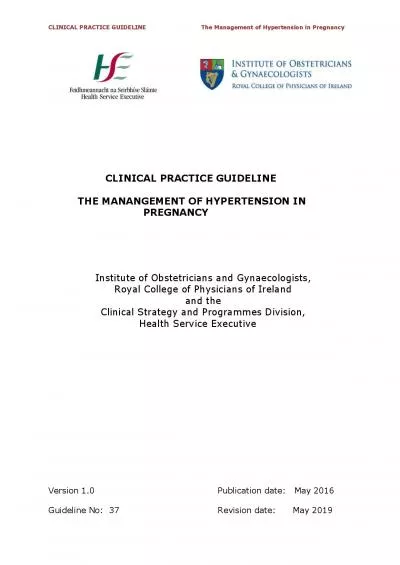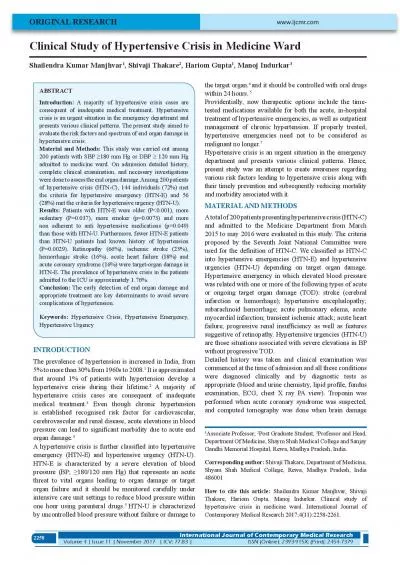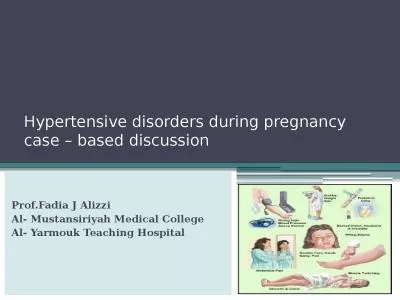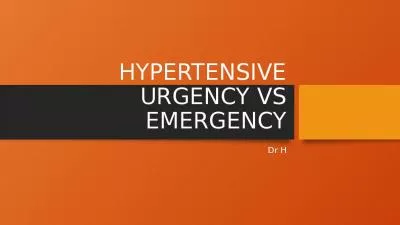PDF-Preventing AF in hypertensive subjects depends on controllingblood pre
Author : kittie-lecroy | Published Date : 2016-05-11
Left ventricular hypertrophy Ventricular premature complex ismore common in hypertensive subjects when there is concomitantLVH 14 15 The most dangerous forms of
Presentation Embed Code
Download Presentation
Download Presentation The PPT/PDF document "Preventing AF in hypertensive subjects d..." is the property of its rightful owner. Permission is granted to download and print the materials on this website for personal, non-commercial use only, and to display it on your personal computer provided you do not modify the materials and that you retain all copyright notices contained in the materials. By downloading content from our website, you accept the terms of this agreement.
Preventing AF in hypertensive subjects depends on controllingblood pre: Transcript
Download Rules Of Document
"Preventing AF in hypertensive subjects depends on controllingblood pre"The content belongs to its owner. You may download and print it for personal use, without modification, and keep all copyright notices. By downloading, you agree to these terms.
Related Documents

